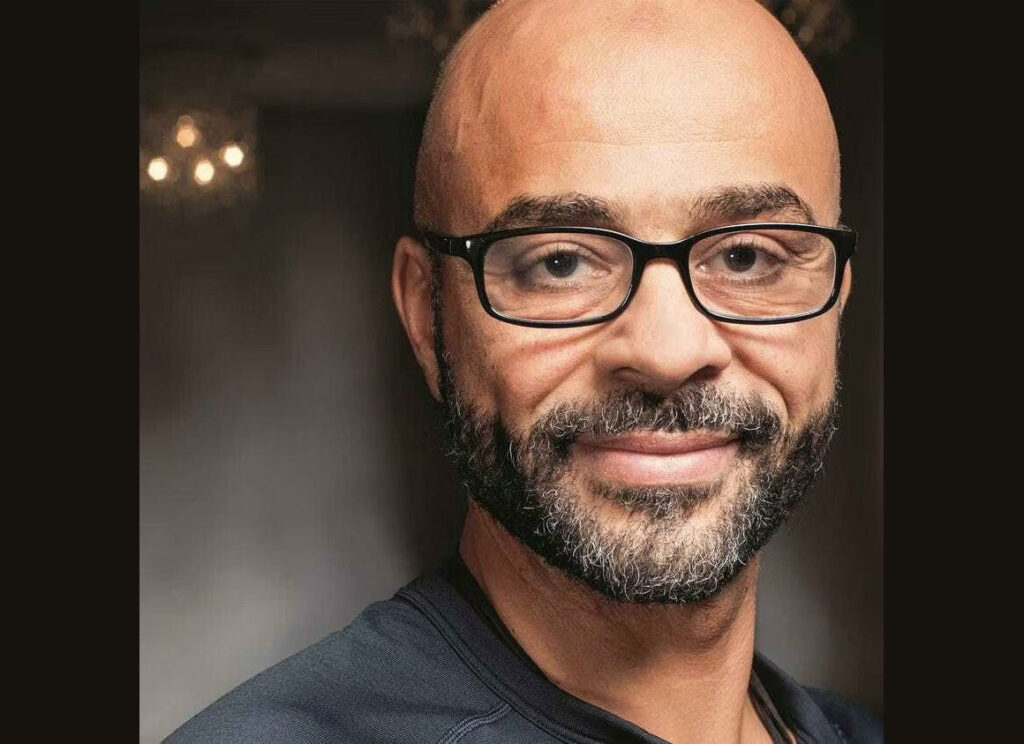Lately, I’ve been asking myself one simple question before I walk into a meeting or conversation: “Am I open or protected?” I can’t relate if I’m in protection mode. It’s been a quiet way to return to myself … just enough to shift the energy I bring into the room. If this idea resonates, I invite you to try it too. Before your next one-on-one, Teams call, or team huddle, take a breath and ask yourself: “What would presence look like right now?”
That little pause is everything. It’s the difference between showing up ready to connect and showing up ready to defend. And once you’ve given yourself that moment of choice, you can take it a step further. Mo Gawdat, a former Google executive, learned a lot about this and devoted his work to engineering happiness.
He offers three questions that help interrupt the swirl of negative thoughts that creep into our conversations, our leadership, and our lives. Here’s how they go.
1. “Is what I’m thinking true?”
This question alone can save hours of stress. So often, our minds get busy scripting stories that aren’t actually happening. A sideways glance in a meeting suddenly becomes “She doesn’t trust me.” A delayed email reply turns into “They’re ignoring me.” Rather, the answer is, “ No, this thought isn’t true,” and you can drop it. Imagine the mental weight you’d release if you stopped carrying scenarios that don’t exist.
2. “Can I do something about it?”
If the answer to the first question is “Yes, it is true,” then you move here. What action is available? Can you have the hard conversation, clear the air, change the deadline, or ask for help? If the answer is yes, do it. Taking action is often the best antidote to worry.
3. “Can I accept it and still move forward?”
And if you can’t do anything to change it, here’s the final move: acceptance—not surrender but acceptance. You don’t have to like the circumstance. But you can stop wrestling with it and start asking: “What can I do, despite this, to make my life better? What can I create, lead, or learn—even here?”
These three questions form an internal reset button. They don’t make the challenges disappear, but they do bring you back into the present, where your choices actually live. Pair them with that first question: “Am I open or protected?” It’s really hard to connect if you’re in protection mode. We miss things–obvious and less obvious–with our teams, our families, our kids.
Try it this week. Notice what happens when you pause before walking into a room or getting on a call with others. Notice what shifts when you just check your inner state and tend to it. Become conscious of your state and notice the effect on others. See what you discover about your ability to become aware in the moment and your practice of working with your inner state.
photo courtesy of Mo Gawdat’s Substack page at https://substack.com/@mogawdat

